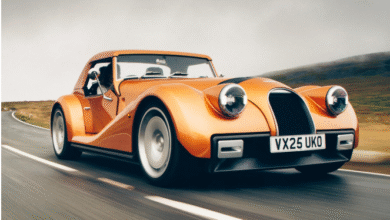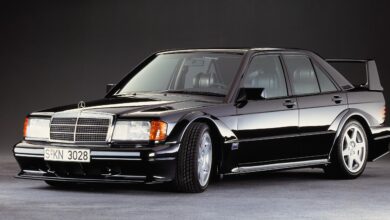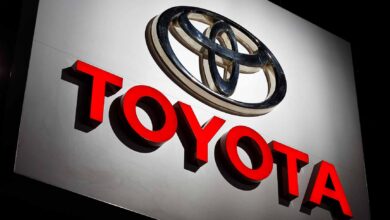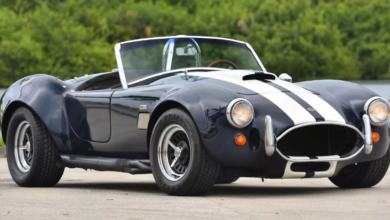The History of Renault : A Journey Through Innovation and Automotive Legacy
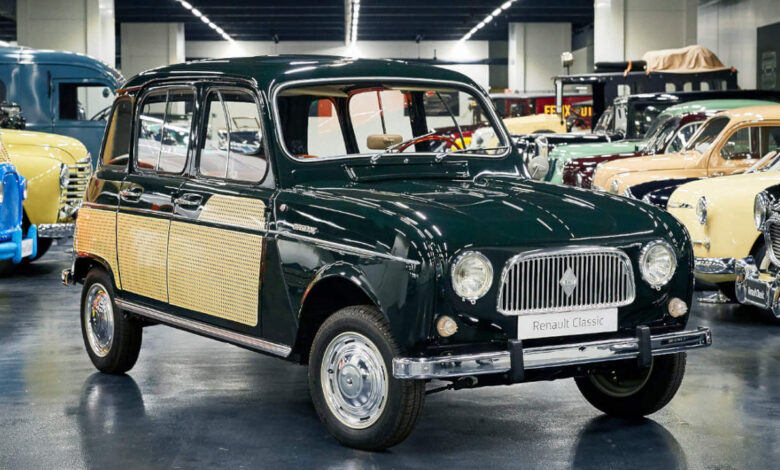
Renault, one of the most iconic automotive brands in the world, has a rich and fascinating history that spans over a century. From humble beginnings in a small French workshop to becoming a global automotive powerhouse, Renault’s story is a testament to innovation, resilience, and a relentless drive for excellence.
The Beginnings: A Family Affair
The Renault story began on December 24, 1898, when Louis Renault, along with his brothers Marcel and Fernand, built and sold his first car—the Renault Voiturette 1CV. Louis, a brilliant engineer, was fascinated by mechanics from a young age. He designed and built the Voiturette in a small shed in Boulogne-Billancourt, near Paris. That Christmas Eve, he drove it up the steep Rue Lepic in Montmartre, impressing onlookers and securing his first dozen orders.
In 1899, the three brothers officially founded Société Renault Frères. Louis handled design and engineering, while Marcel and Fernand took charge of business operations. Renault quickly established itself as a pioneering manufacturer, known for innovation and performance. The brand’s early success was boosted by its participation in automobile races—Marcel and Louis both competed, with Marcel tragically dying in a race in 1903. Despite the setback, the company continued to grow under Louis’s leadership.
Pre-War Expansion and Innovation
In the early 20th century, Renault became one of the leading car manufacturers in France. The company expanded rapidly, producing not only passenger cars but also taxis, buses, and even aircraft engines. Renault taxis famously played a role in World War I, transporting French troops to the front lines during the Battle of the Marne in 1914. This earned them the nickname “Taxis de la Marne” and solidified Renault’s patriotic image.
After the war, Renault continued to diversify its production, entering the agricultural and industrial machinery sectors. By the 1920s, Renault was a household name, producing a wide range of vehicles for both civilian and commercial use.
The War Years and Nationalization
World War II marked a dark chapter in Renault’s history. The company’s factories were seized by the Nazis during the German occupation of France, and production was directed toward the German war effort. Louis Renault’s refusal to flee the country led to his arrest by French authorities after the war. He died in prison in 1944 under mysterious circumstances, never standing trial.
In 1945, the French government nationalized the company, renaming it Régie Nationale des Usines Renault. Under state ownership, Renault focused on rebuilding France’s economy by producing affordable cars for the masses. This led to the launch of the Renault 4CV in 1946, a small, economical car that became a huge success and symbolized post-war recovery.
Post-War Growth and Global Expansion
Throughout the 1950s and 1960s, Renault expanded its lineup with models like the Dauphine, R8, and R16, the latter being one of the first hatchbacks in automotive history. The company also began exporting cars and establishing partnerships with manufacturers in other countries, including collaborations in Spain, South America, and Africa.
The 1970s and 1980s saw Renault further diversify its offerings, with a stronger emphasis on innovation and safety. The company was among the first to introduce features like front-wheel drive, disc brakes, and advanced safety systems. However, the oil crises and economic challenges of the era also forced Renault to restructure and modernize.
Privatization and the Birth of the Renault-Nissan Alliance
In 1996, Renault was privatized, marking a new chapter in its corporate journey. Two years later, the company took a bold step by forming a strategic alliance with Nissan, a Japanese automaker struggling financially at the time. The Renault-Nissan Alliance, led by CEO Carlos Ghosn, became one of the most successful cross-cultural automotive partnerships in history, allowing both companies to share resources, technology, and market access.
Renault’s portfolio expanded further with the acquisition of stakes in Dacia (Romania) and Samsung Motors (South Korea), and later Lada (Russia). The company also made significant investments in electric vehicles (EVs), launching the Renault ZOE, one of Europe’s best-selling EVs.
Challenges and Future Vision
In recent years, Renault has faced several challenges, including intense global competition, shifting market demands, and internal leadership crises. The arrest and fall of Carlos Ghosn in 2018 triggered a period of uncertainty, but Renault has since been refocusing on innovation, sustainability, and digital transformation.
Under its “Renaulution” strategic plan, Renault aims to become a leader in electric mobility, software-driven vehicles, and energy efficiency. The brand is investing heavily in battery technology, autonomous driving, and connected services, reflecting the broader transformation of the automotive industry.
A Legacy Still in Motion
Renault’s journey from a backyard invention to a global innovator encapsulates more than just the evolution of a car brand—it reflects over a century of technological advancement, social change, and bold ambition. Today, as Renault embraces the future of sustainable and smart mobility, it continues to honor the spirit of Louis Renault: a man driven by invention, curiosity, and a vision of progress on wheels.

